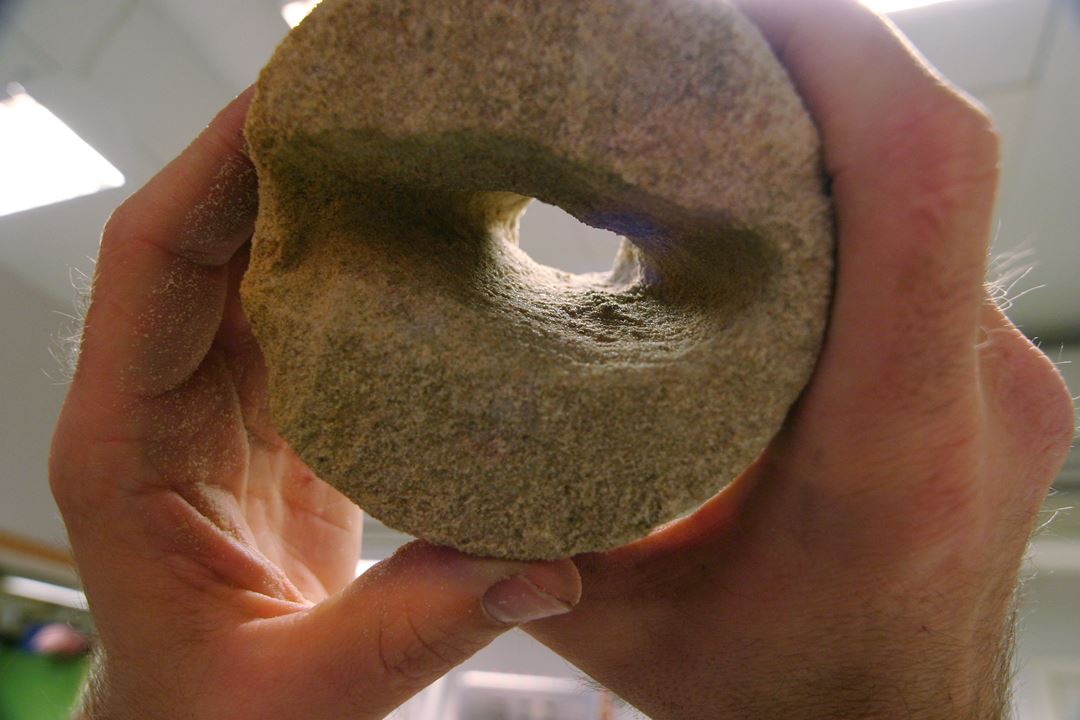The amount of grains in the flow can be neglectable, however, sometimes it cause serious problems for the production through erosion or blockage of the flow lines. The sand produced is affected by wellbore wall changes in stress and pressure changes, fluid flow and water breakthrough. This project develops models to quantitatively predict sand production in a well under various reservoir stress conditions and fluid flow.
Both laboratory experiments on field cores and numerical simulations contribute to the development of SandPredictor, a standalone sand production software using field data as input. The model take into account water-cut, gas flow and multiphase flow. Post-failure breakout zone geometry and its influence on amount of sand produced as well as sand production stress window (i.e. drawdown difference between onset of sanding and massive sanding) is also on the research agenda and a first version of failure mode discrimination on sand amount is now available in SandPredictor.
To further investigate sand production mechanisms in order to develop and improve SandPredictor the research will address
- Stress anisotropy effect on sand rate.
- Multiphase flow effect on sand rate.
- Gas flow effect on onset of sand and sand rate.
- Perforation interaction effect on sand rate evolution.
- Sand control completion effect on sandstone failure pattern.

